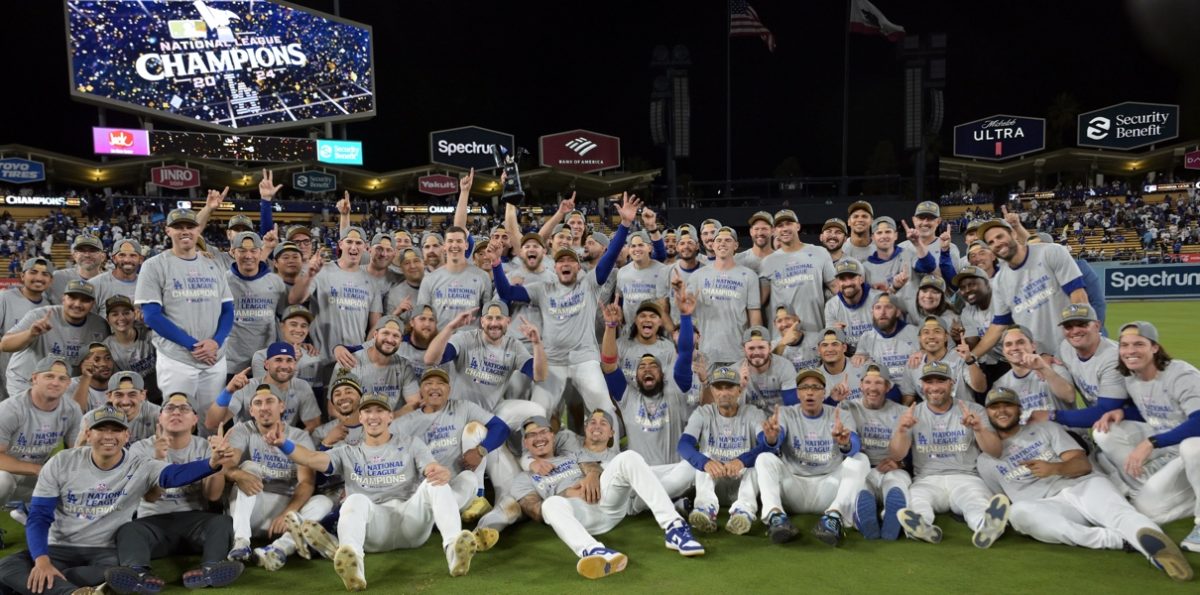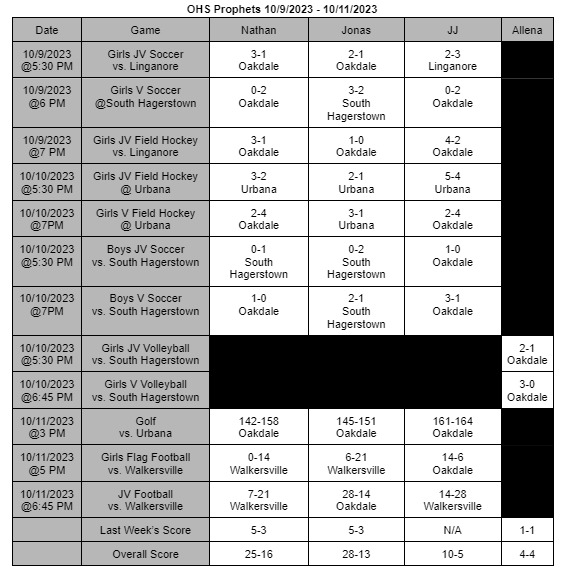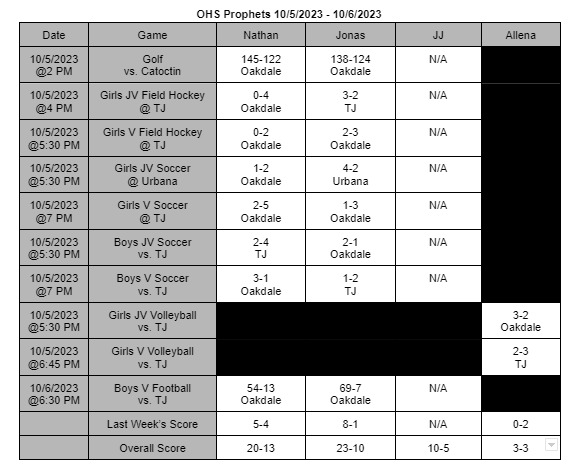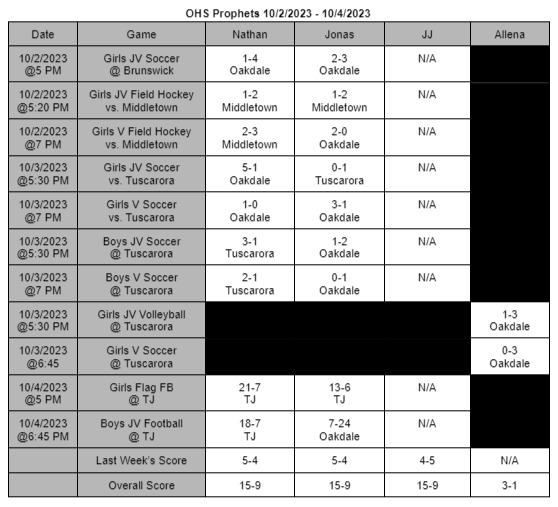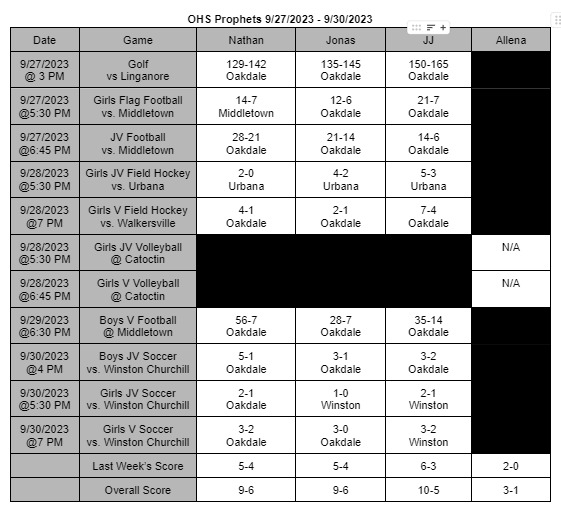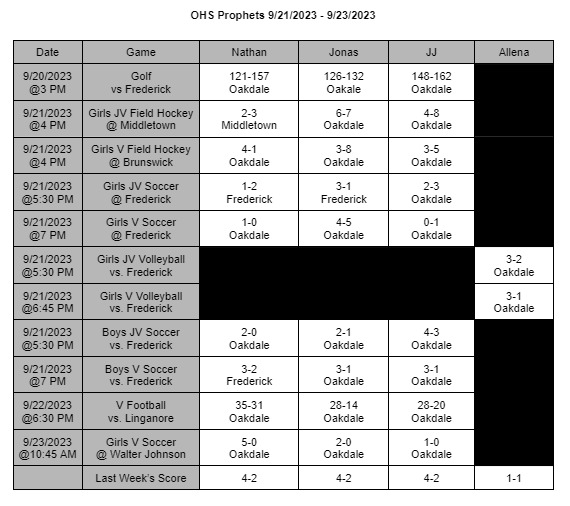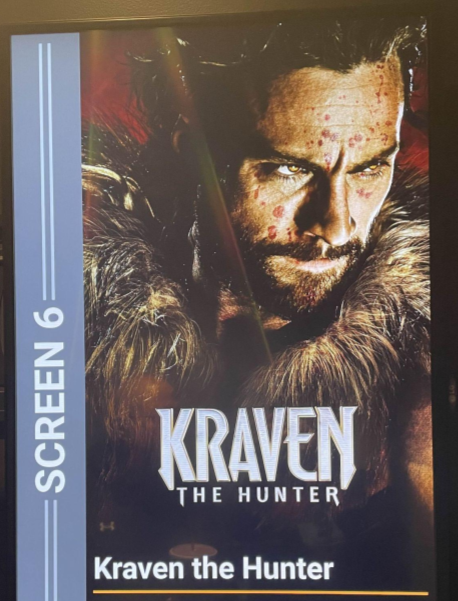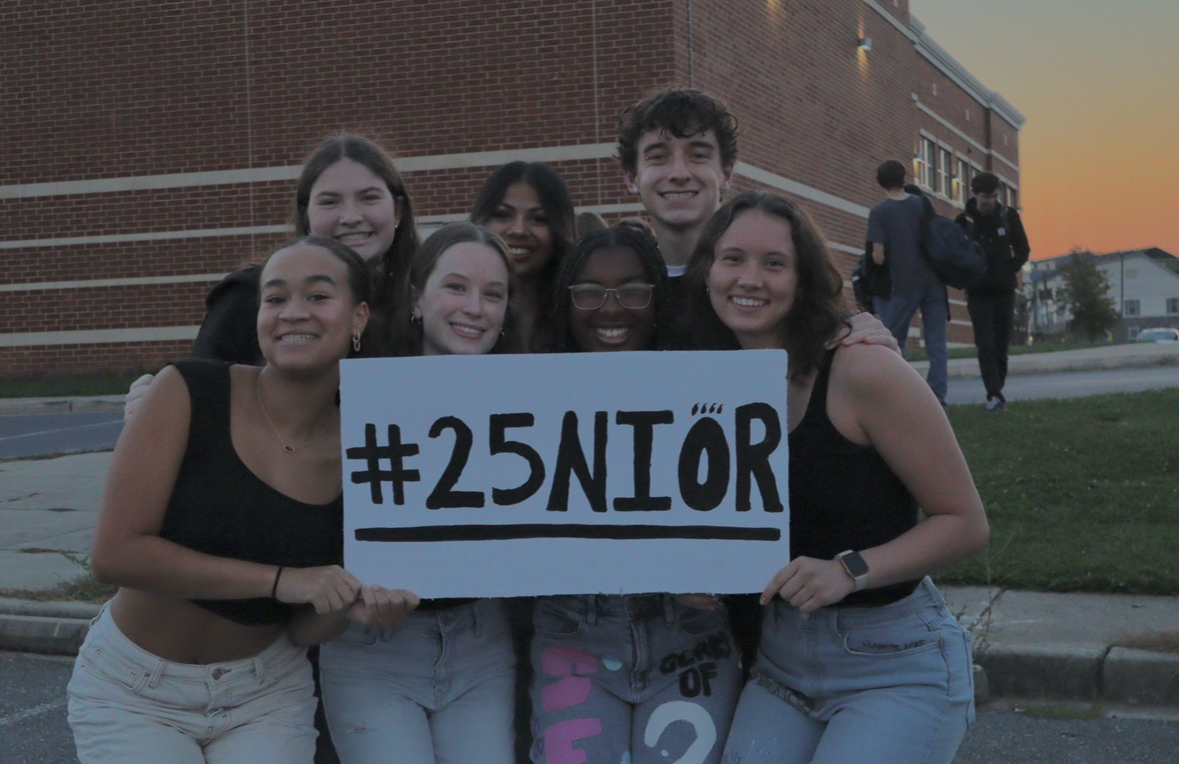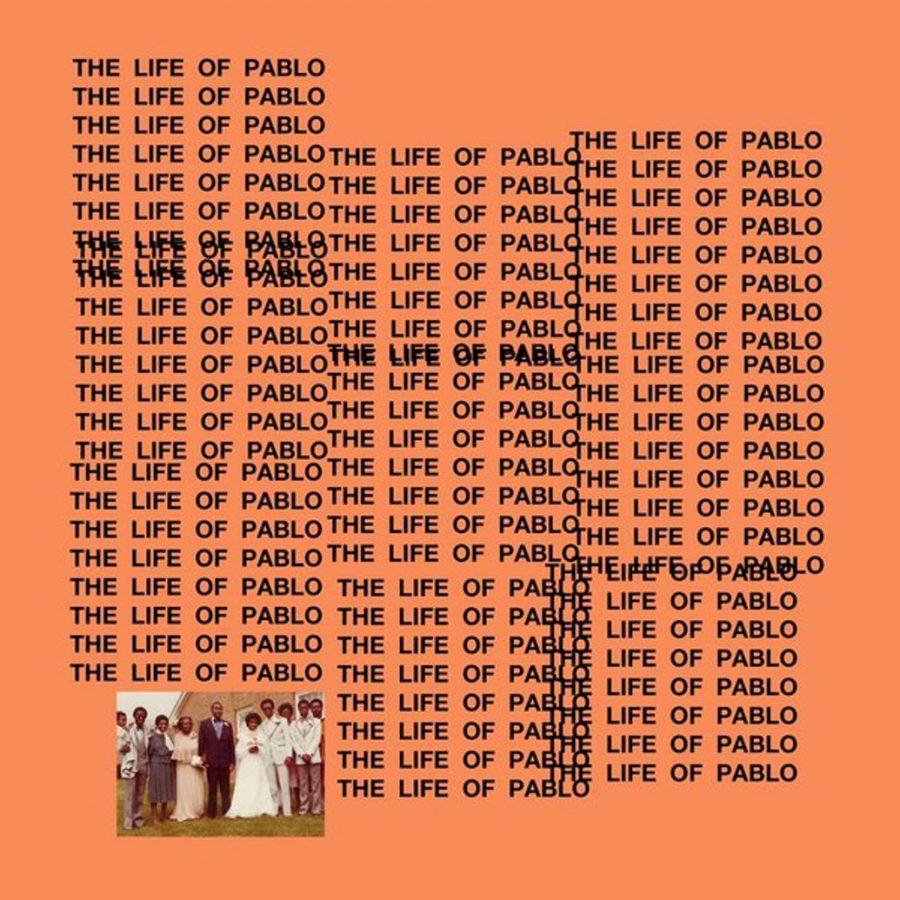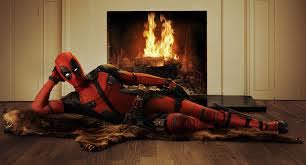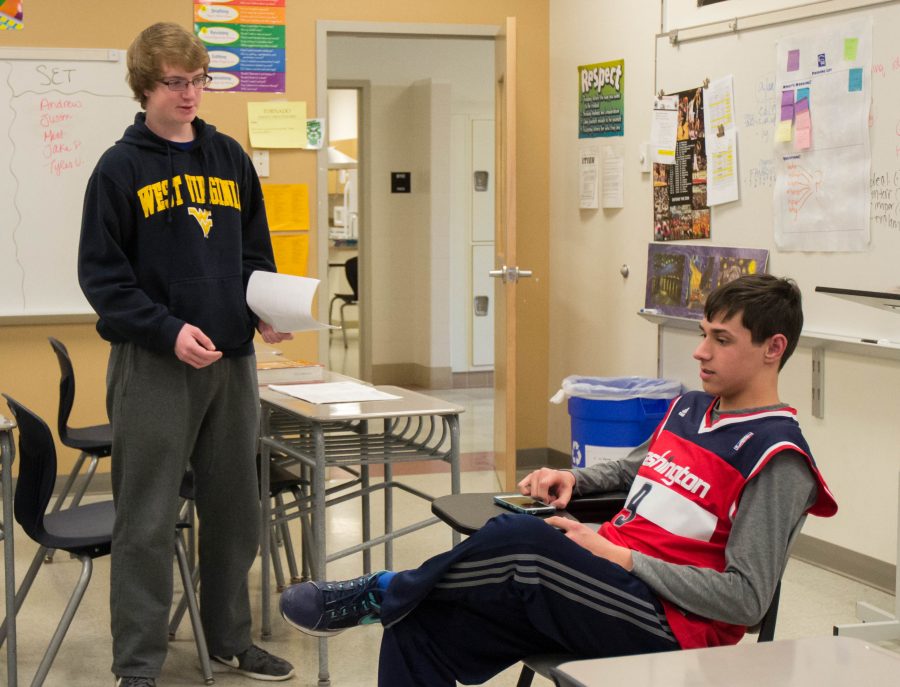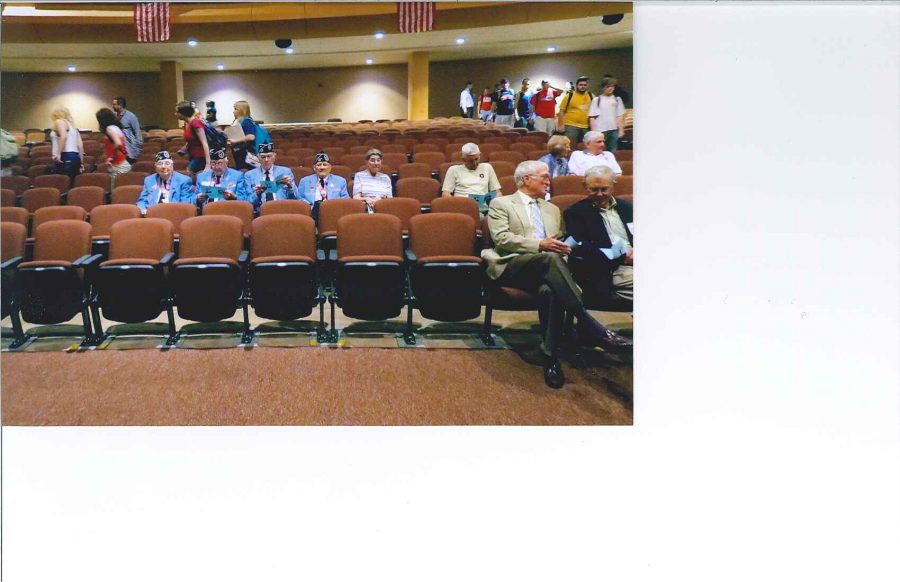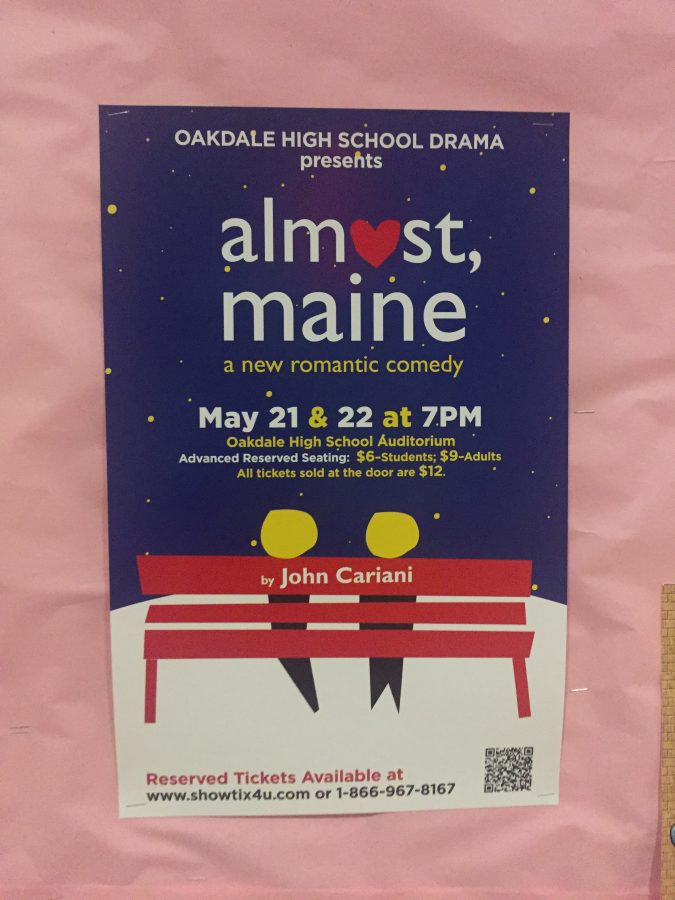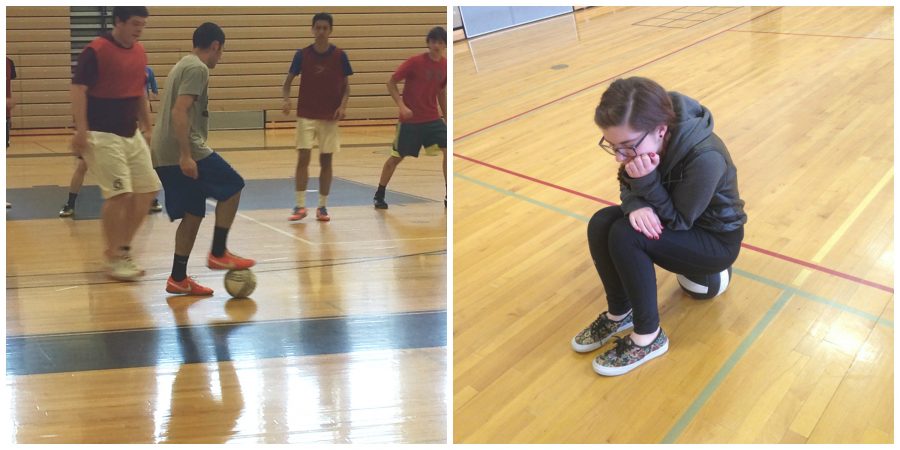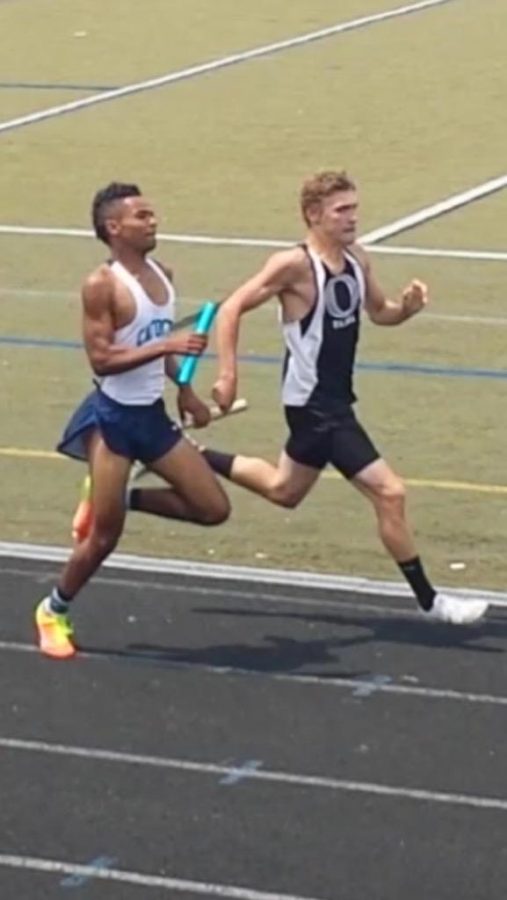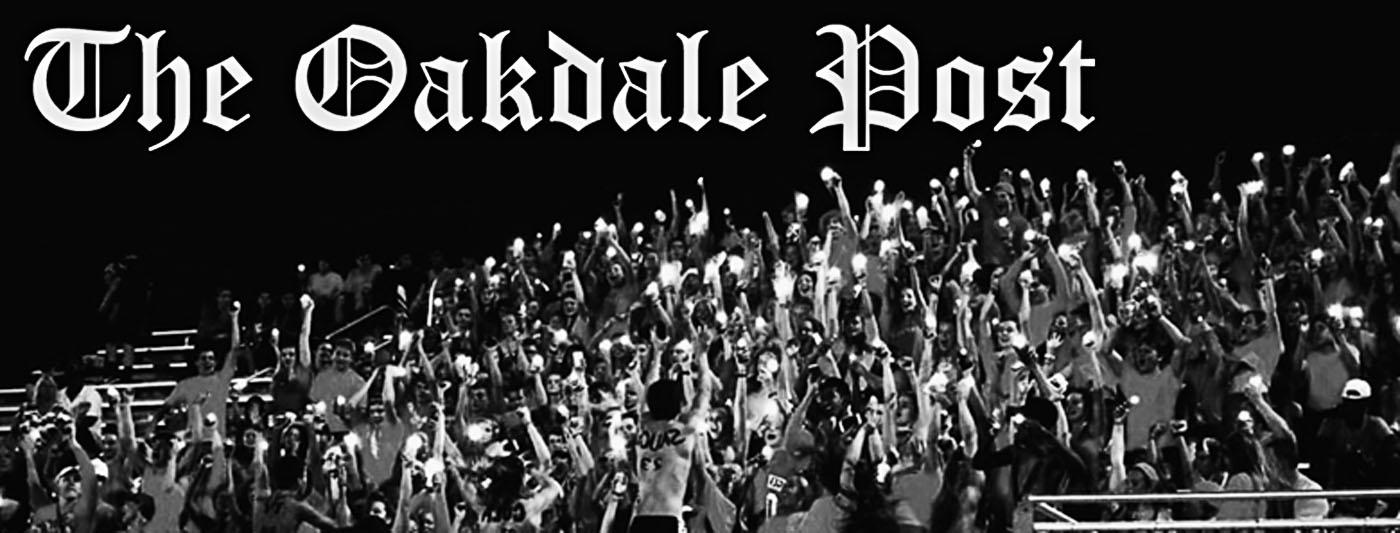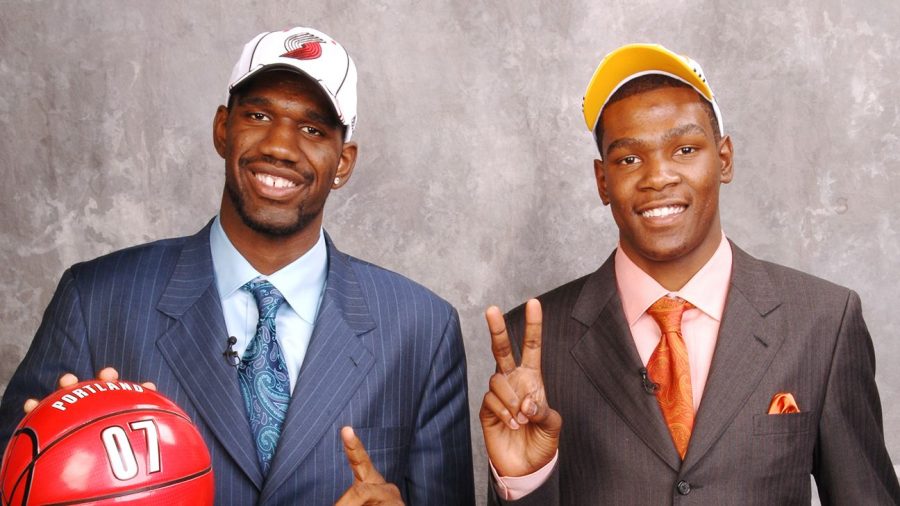The One-and-Done Rule must go
January 16, 2018
NBA commissioner Adam Silver and NBA Players Association executive director Michele Roberts met with the Commission on College Basketball in Washington in November to discuss issues facing basketball. A main topic of discussion was the one-and-done rule. This rule requires players to be one year removed from high school to meet the eligibility requirements for the NBA draft.
This rule was agreed upon under the 2005 NBA Collective Bargaining agreement. The top talents from each recruiting class are choosing to go to college for one year, then, without debate, declare for the draft to escape the grasps of the NCAA and make money off their abilities as soon as they can. But what is this doing to the state of basketball? Are players better off leaving school early, underdeveloped, at a young age, being thrown in to play against grown men as 19 year olds? Do they lack the personal maturity required to be good ambassadors for the NBA? Is requiring one year of college unfair to top prospects who have nothing to gain by attending a college?
Article X was the provision made in the 2005 CBA making it a requirement that players must be one year removed from high school to enter the NBA draft. Every year the top prospects have to sign up for a required year of college, hoping to avoid injury or exposing himself to a potential drop in their draft stock. There are no positives to attending college for these players. New York employment law attorney Louis Pechman spoke on the legality of the one-and-done rule: “You cannot collectively bargain an agreement to unlawfully discriminate against employees. A union and a company can’t agree that ‘we’re not going to hire employees based on religion, race or sex’ and the same principle holds true for age.”
Nerlens Noel, the number one ranked recruit in the high school class of 2012, chose to go to Kentucky for his one forced year of college. Halfway through the season, Noel tore his ACL, which massively dropped his draft status. If Noel had been able to declare for the NBA draft out of high school, he likely would have been the first overall draft pick. Following his injury, he was drafted sixth to the New Orleans Pelicans. The drop from the first draft pick to the sixth cost him millions in rookie contract money. This is a perfect example of a player who was ready for the NBA out of high school but when forced to go to college for a year, exposed themselves to circumstances that were detrimental to their professional career.
There are some other cases like Noel, such as Andrew Wiggins and Ben Simmons, who were all their respective high school classes’ number one player, who were likely ready for the NBA out of high school. However there’s also a handful of Kwame Brown’s or Leon Smith’s, two of the saddest high school busts stories from before the one-and-done rule.
Sometimes talent scouts are wrong; players they view as generational, when they make the huge jump from high school to the NBA, can flare out easily. A player who has the chance to stay in college has the advantage of having more time to develop against high-level competition. NBA scouts are also on the record saying it’s easier to evaluate a player when they are in college than in high school, where the competition isn’t as strong.
Collin Schlee, a division one basketball recruit and Oakdale junior, believes the one and done rule is unfair to players who don’t need or want to go to college: “If a player doesn’t want to waste his time in college and believes he’s ready for the NBA or overseas professional basketball, he should be allowed to pursue that. The MLB allows players to enter the draft right out of high school, they just have a farm system where players can develop. Why can’t the NBA implement something like that?”
Noah Polke, a high school basketball player and Oakdale senior, believes the rule is putting underdeveloped, immature players in a league they’re not quite ready for. “I understand players want to make their money as soon as they can, but a lot of the top picks over the last five years have been busts. Would they have worked out better if they had more time to develop in college?”
If scouts had more time to watch players develop over four years in college there would be less draft busts. The one-and-done rule forces players to give up multi-million dollar contracts to play a year in college and risk career-faltering injuries when they would most likely rather skip college in the first place. The only way the top players are going to stay in college longer is compensation for college athletes. But that’s a whole other conversation. Not every player wants or needs to go college.










